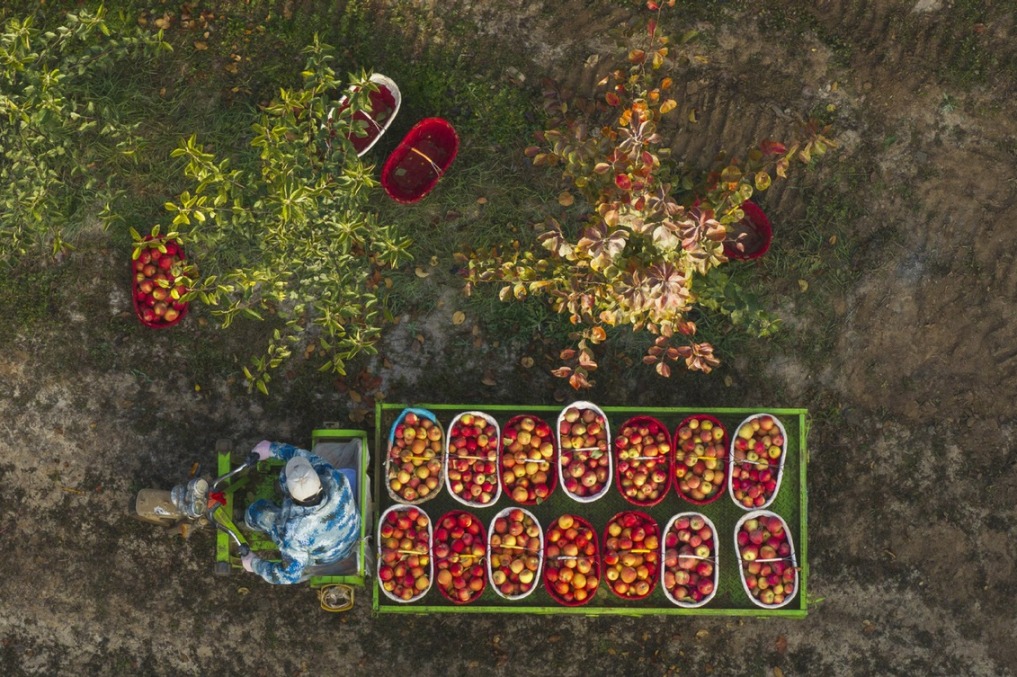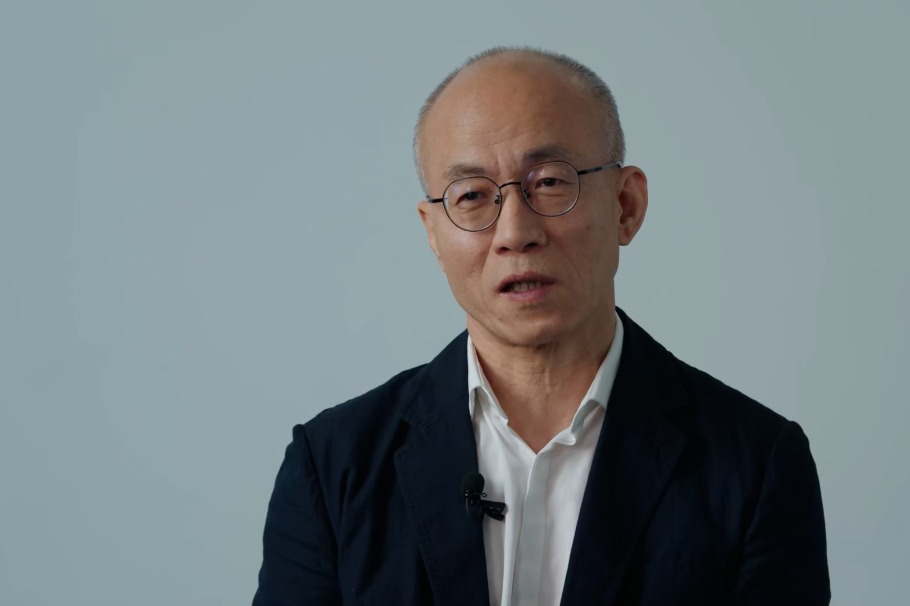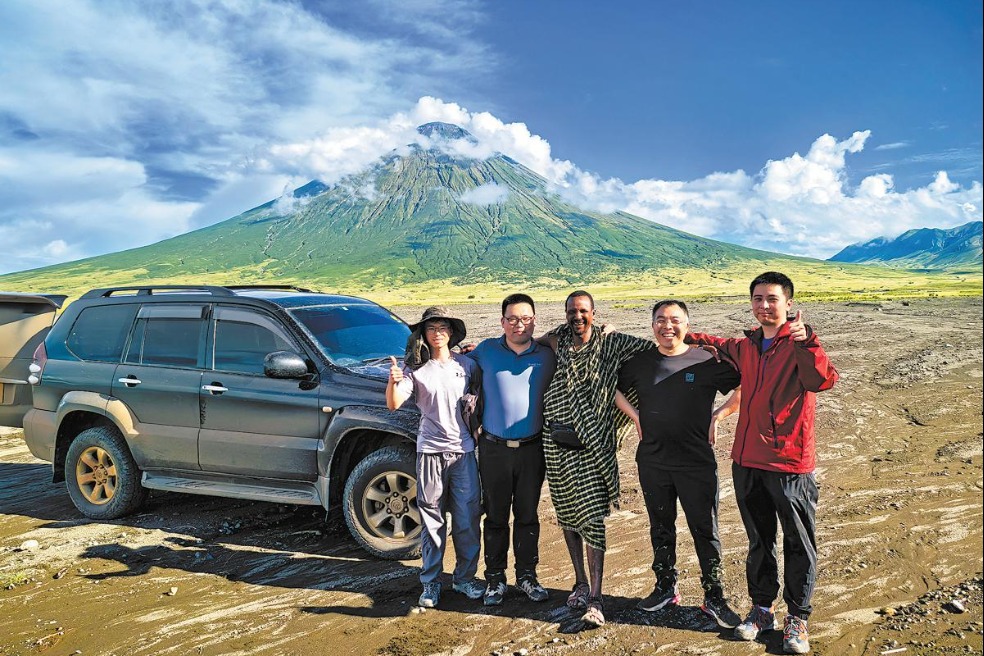A story of symbiosis that stills spread of dust bowl

A saxaul seed, with its five membranous wings, is blown by the wind onto sandy soil recently moistened by fleeting rain. It quickly takes root and sprouts within two to three hours. This remarkable seed — one of the world's fastest-germinating — has come from the southern edge of the Taklimakan Desert in the Xinjiang Uygur autonomous region.
The tender sprout faces intense ultraviolet radiation and windblown sand deep in Asia's heart. Its gradually growing grayish-white branches sway in sandy winds, blocking drifting sand while developing an extensive underground root system to draw precious groundwater.
Beneath this harsh landscape, the cistanche herb secretly performs its parasitic exploitation — driving its own roots into the saxaul's vascular system, absorbing water and nutrients the tree has struggled to extract from the desert depths. Then one spring day, the sandy ground suddenly cracks open, and the cistanche's stem emerges into the light not far from the saxaul.
The cistanche's purple flower stalk releases a strange, sweet fragrance of humus and honey into the scorching air.
A few honeybees follow the scent. As they sip the nectar, the hair on their abdomens catches the cistanche's pollen.
As they fly to the next plant, this secret transaction of desert propagation is quietly completed.
Cistanche, a precious Chinese medicinal herb known as "desert ginseng", grows symbiotically among thousands of hectares of saxaul trees planted along the Taklimakan's southern edge. While the trees prevent desert expansion, the cistanche provides valuable economic benefits for local people.
Every April, when the purplish-brown cistanche flower spikes break through the sand, growers rent dozens of beehives from beekeepers to increase pollination rates.
This creates a virtuous cycle. People plant saxaul forests to contain desert expansion, interplant cistanche as a medicinal economic crop, and enhance pollination efficiency by renting bees. The result is an interconnected system — bees gather honey, cistanche produces seeds, saxaul trees prevent erosion and stabilize sand, and farmers increase their income — where ecological protection and economic benefits nourish each other.
This exemplifies the systemic thinking behind China's "edge-locking" project at the Taklimakan Desert's rim. This approach has enabled China's largest (and the world's second-largest) shifting desert to be encircled by artificially planted vegetation.

Li Peng, who's been involved in desert control and tree planting for 16 years in Qira county, Hotan prefecture, Xinjiang, said: "When you plant a tree in the desert, where does the water come from? Where are the roads? Who will manage it? These cannot be resolved with a single sentence — it's a systematic project."
zhangxiao@chinadaily.com.cn





































